TRAINING
Course | Aeronautical Communications
The new European regulation allocates all drone operations into three categories: Open, Specific, and Certified. To operate under the “Specific” category, in the absence of a standard scenario or a Pre-Defined Risk Assessment (PDRA), an operator must prepare a risk analysis and submit it to the competent authority, to obtain authorisation to operate. The European Union Aviation Safety Agency (EASA) advises this to be performed following the SORA methodology (Specific Operation Risk Assessment), developed by JARUS to support the risk assessment in the Specific category.
About the course
Aeronautical Communications Course for UAS Pilots
On the basis of EU Reg 2019/947, art. 8, UAS pilots conducting operations in the specific category must meet the competency requirements set out in the operational authorization issued by the CAA, in the LUC or in the standard scenario. Among these requirements is the ability to manage aeronautical communications. This skill can be acquired by attending an aeronautical radio communication course delivered by certified organizations, institutes, or aviation training companies.
COMPLETE COURSE – SATISFACTION GUARANTEED
This aeronautical communications course is set-up on the basis of the syllabus established by the Eu Regulation, ensuring maximum satisfaction for those wishing to enhance their communication skills in the aeronautical context. Moreover, participants improve their aeronautical performance and operate with a higher level of safety.
Learning Objectives
- Understand and manage aeronautical communications using standard terminology, acronyms, and definitions.
- Gain an understanding of the relevant regulatory framework.
- Improve the efficacy and safety of aeronautical communication.
- Improve familiarisation in communications among UAS crews (i.e. RP and AO) and between RPs and ATS units.
Target Audience
- UAS pilots with A2 or STS certificates.
- All UAS crews and any other involved UAS operator personnel.
